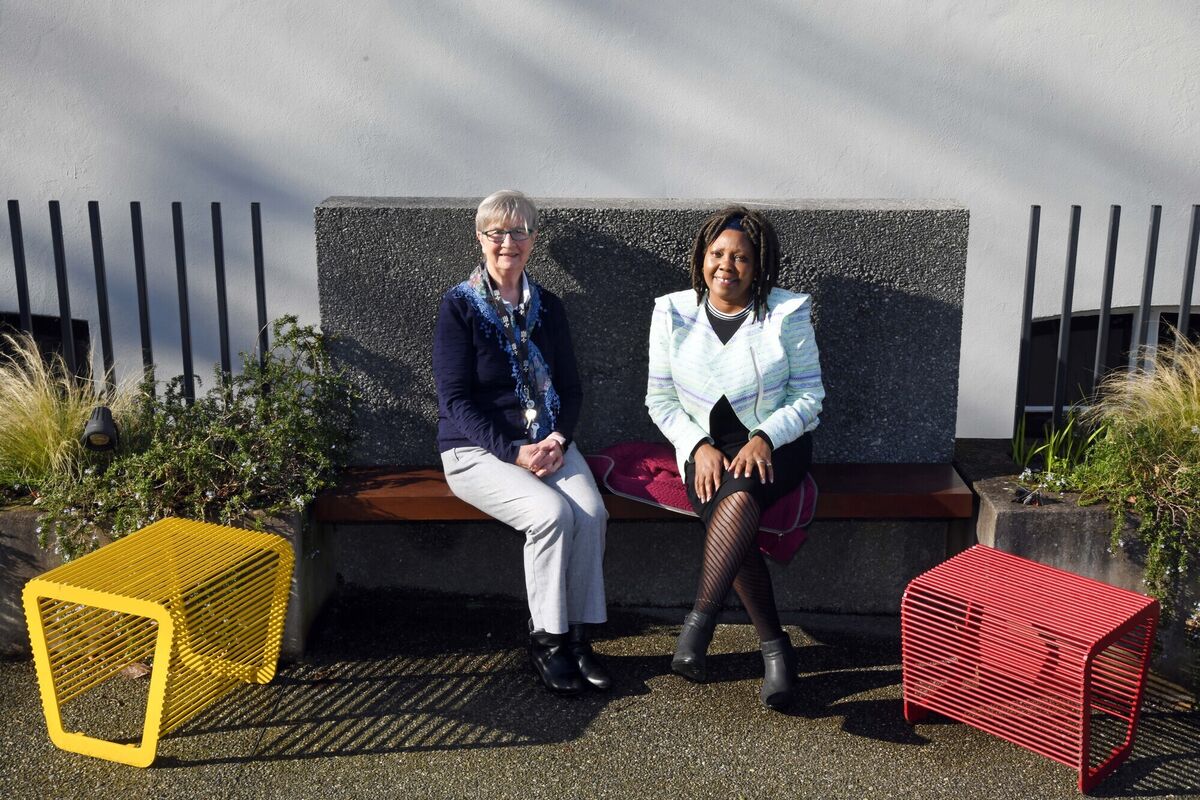Trailblazing beours: A feminist history of Cork

A feminist walk of Cork
I grew up believing something rather alarming about Irish history — that it had very little to do with women.
I was led to believe that history happened to women, or closer to the truth, happened somewhere away from them. There were a few exceptions in my history books, mostly depicted through the murkiness of the male gaze, muses like Maud Gonne and Kitty O’Shea, never women celebrated in their own right.
Cork City did little to change my perception of women as passive. I saw many a male bust cast in bronze. I walked numerous streets named after men, after the wars they waged, commemorating their patriotism and zeal. I write this not to belittle or dishonour any of them, but simply to highlight that there was no physical trace of individual, named, human women, beyond archetypes and mythology.
In 2022, there are still no statues or monuments of individual women in Cork. Yes, there’s the unnamed onion seller on Cornmarket Street and the apple seller in Fitzgerald’s Park, but somebody’s name matters if we’re to remember the work they did.
Change is a slow-turning wheel. As recently as 2020, a suggestion to build more monuments to more men, to Tomás Mac Curtain, Terence MacSwiney and Michael Collins on Patrick’s Street, was rightly vetoed by Cork City Council on gender grounds.
And yet, change is happening. Commemorative locations celebrating women — sites like Nano Nagle Place and Mary Elmes Bridge are transforming the landscape of where we live, study, work, and play. Individual women are being lifted out of the shadows and the side-streets, the schools, and the sanctuaries of Cork, back into our public consciousness.
One woman, UCC academic Maggie O’Neill, is going the extra mile to bring both historical and living women into full view, in a very cohesive, visual and physical way. She is literally putting these women on the map, a map entitled A feminist walk of Cork City.
In the downloadable map and accompanying walk, O’Neill celebrates the creative, transformative, and philanthropic work of women. Designed by artist Maia Thomas, the map is a celebration of these women but also of education, social justice, and care. O’Neill is keen to emphasise that it’s a collaborative process, created in discussion with MA Women's Studies, MA Anthropology, BA Sociology & Criminology students, and Dr Naomi Masheti, Cork Migrant Centre; Danielle O’Donovan, Nano Nagle Place; Mary Crilly, Sexual Violence Centre Cork; Eileen O’Shea, Traveller Visibility Group; John Barimo, Mother Jones Plaque, and James Cronin, Honan Chapel.

The walking element is important to O’Neill who has previously created feminist maps in the United Kingdom and is awed by the wealth of information and history on offer in Cork.
“Walking is a convivial way of learning, a way of teaching and learning, getting our bodies as well as our mind involved in whatever we’re looking at. I always remember better when my body is involved so the walking part of this project is very important. This is about wellbeing also because knowledge does not only relate to the brain but also to the body and the heart.”
As an educator she enjoys the less traditional configuration of teacher and learner.
“This is participatory learning. It’s not didactic with the teacher at the top of the room. People will learn together as a collective, in collaboration with one another.”
The map, for both adults and children, is available to download. For the children’s map, the information will be on the back, the language will be child-centred, and it will always be a colour-in version. Adults are invited to use the website on their phones to look up each location and each woman honoured.
Walkers begin at the Honan chapel, a site that honours the central role of women in the arts and crafts movement. They follow down to Nano Nagle Place, where they learn about the vast work done by the trailblazing woman to educate the Catholic poor of the seventeenth century, and of the more recent work carried out by Naomi Masheti at the Cork Migrant Centre. Then onto Mary Elmes Bridge, a wonderful symbol for a woman who saved children destined for the gas chamber in the Second World War. Then across the bridge to honour the work of the Eileen O'Shea of the Travellers Visibility Group, Mary Crilly, Denise Joan Moriarty, and Mother Jones.
“Unless you look, you don’t know,” O’Neill explains. Mary Crilly has been battling sexual violence for decades in this city. The Traveller Visibility Group in Shandon has been in operation for nearly thirty years.”
Thanks to Maggie O’Neill and her collaborators, my two daughters will experience their city differently, as will my son. They will look and they will know.
That’s something worth talking (and walking) about.







